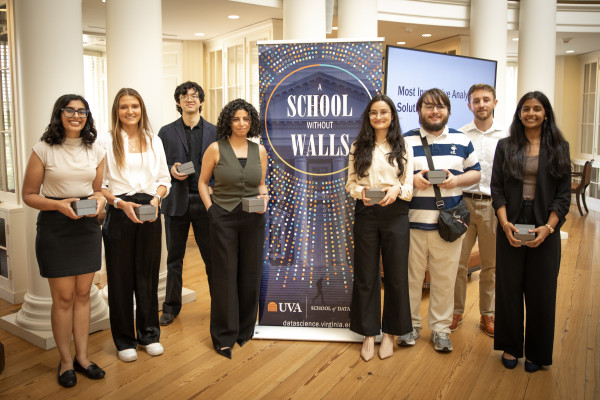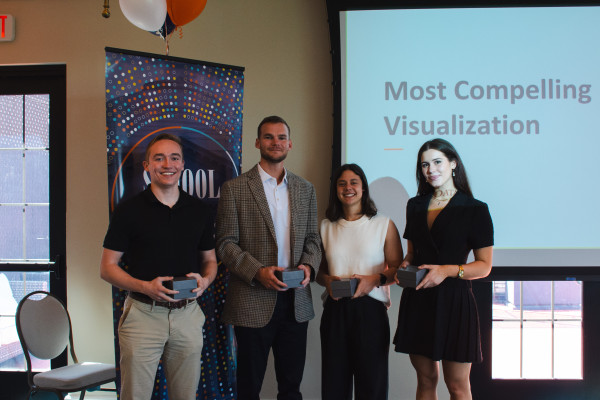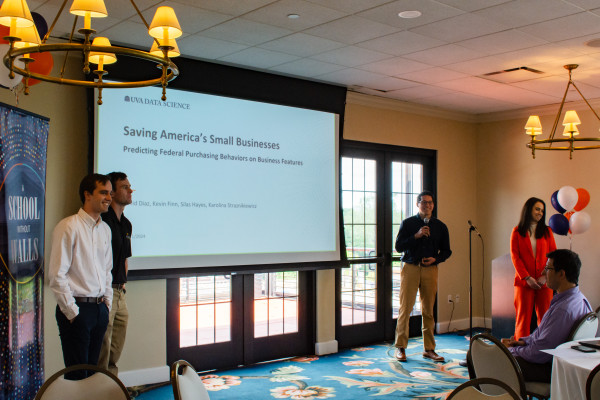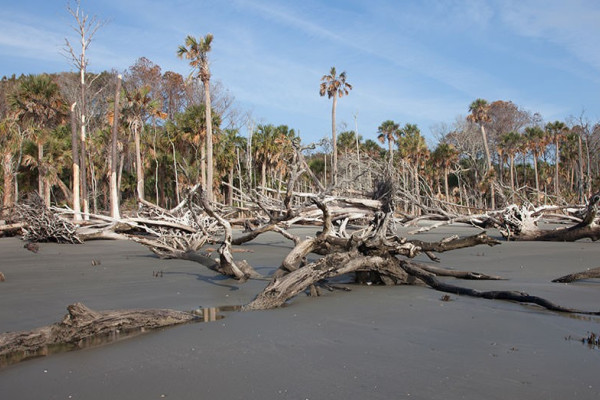MSDS Capstone: Digitizing Care for Global Health

In the Fall 2024 semester, M. S. in Data Science (MSDS) students at the UVA School of Data Science were presented with a range of real-world challenges through their capstone project options. Among them was a compelling healthcare initiative led by UVA Health: developing a method to digitize perioperative surgical flowsheets from low- and middle-income countries.
Hannah Valenty, along with her teammates Matthew Beck and Charbel Marche – all MSDS '25 graduates – joined the project to apply their technical skills to a mission with global impact. Over the semester, the team explored advanced computer vision techniques to improve how handwritten patient data is captured and stored—contributing to an innovative solution that aims to enhance care in resource-limited settings. Read on to learn more about their experience from Valenty's point of view and explore their final presentation slides below.
At the start of the Fall semester, our cohort was presented with numerous capstone projects. We took time to read the project proposals, hear from the sponsors themselves, and ultimately rank our interests to be matched with a project (using an algorithm, of course!). There was a wide variety of subjects and applications, making it tough to choose, but I was thrilled to be matched with a project sponsored by UVA Health: “Robust Digitization of Perioperative Surgical Flowsheets from Low and Middle Income Countries.”
This project is a continuation of several years of collaboration between Data Science capstone groups and UVA’s Department of Anesthesiology. The mission has been to help hospitals in low- and middle-income countries form a digital medical database by creating an alternative to electronic medical record systems (EMRs), which are an unrealistic solution due to their major resource dependencies.
By adapting to the physical paper flowsheets these anesthesiologists are using, our project digitizes patient information without majorly disrupting their current practices. Our group contributed to developing models and techniques that will be implemented using a smartphone app that extracts handwritten data from a user-photographed anesthesia chart and placed it into a digital database. This will allow physicians to perform quality improvement studies and ultimately save lives.
Our capstone group was immersed in computer vision models and image registration techniques. Working with our sponsor through weekly meetings, our team ensured checkpoints were being met and the needs of the project were maintained. We made improvements to existing methods by reducing models’ size and runtime while actually increasing accuracy. We tackled image registration techniques to make visual corrections to user-input images to ensure patient information was correctly extracted. Our team collaborated well, and our varying backgrounds complemented each other to produce robust solutions for the project.
Overall, the capstone experience is one I will look back on fondly. My group and I got to make an impact on a meaningful mission while leveraging cutting-edge computer vision techniques. I especially appreciated the exposure to public-facing research. It is not enough to have an accurate model; it must be equally scalable and efficient as well. I am grateful for this capstone opportunity and am excited to see the future of our anesthesia flowsheet project.




